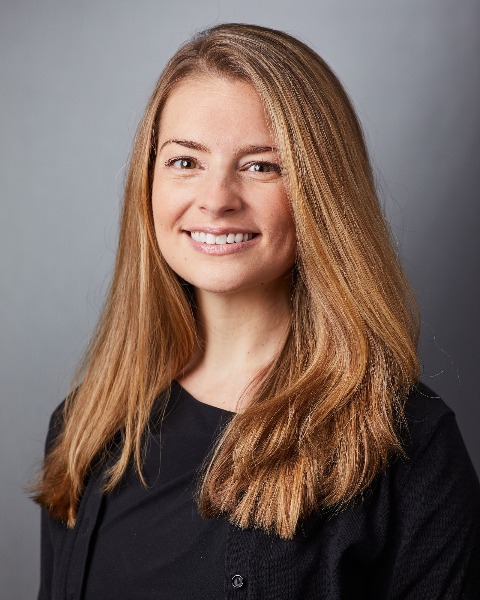Symposia
Workforce Development / Training / Supervision
3 - (SYM 107) Community Engaged Research Methods in Clinical Science: How to Increase Access and Value
- AG
Ali Giusto, Ph.D. (she/her/hers)
New York State Psychiatric Institute/Columbia University Medical Center
Delray Beach, Florida - NT
Noah S. Triplett, M.S. (he/him/his)
Graduate Student
University of Washington
Seattle, Washington 
Dylan Gee, Ph.D.
Assistant Professor
Yale University
New Haven, Connecticut- LP
Liana Preudhomme, B.S.
Graduate Student
University of Miami
Miami, Florida - JF
Jordan Foster, MA
Graduate Student
Yale University
New Haven, Connecticut
Speaker(s)
Co-author(s)
As part of a 2020 summit of multi-disciplinary clinical researchers and practitioners organized by the Coalition for the Advancement & Application of Psychological Science (CAAPS), community-engaged research (CEnR) methods was identified as a critical unmet need in clinical science. The goal of this presentation is to discuss current challenges and future directions for better integrating CEnR methods into clinical science to improve the reach, relevance, and impact of our science. To do this, we will first present background on CEnR methods as well as ongoing CAAPS initiatives to address key challenges. Next, we will engage the audience in discussion and activities to identify challenges and successes related to CEnR in clinical science, discuss future directions, and prioritize action steps. CEnR methods center community engagement as a focus throughout the research process. It is a collaborative, participatory approach involving active partnerships between researchers and community members. The level of collaboration can range from fully community-driven processes to researchers consulting with community partners on topics (e.g., more to less shared decision making). CEnR can increase the relevance, sustainability, and accessibility of clinical innovations by helping contextualize science in the ‘real-world.’ Yet, perceptions of CEnR being too time-intensive or ‘messy’ alongside narrow training opportunities have limited its use in clinical science. Given the established promise of these approaches, CAAPS established a subcommittee to explore the topic. The subcommittee set goals to (1) understand how to increase access to CEnR resources for trainees; (2) integrate these methods in clinical science; and (3) increase the value of these methods. This has led to several different initiatives. These include a ‘living’ resource document of CEnR materials, classes, and training; a collaboration with Scholars for Elevating Equity and Diversity (SEED) surveying trainees’ needs related to CEnR; and a primer on CEnR methods for publication. In the spirit of CEnR, we hope to deepen, refine, and add to these initiatives based on feedback from the ABCT community. To do this, we will engage the audience in discussion about their successes and challenges with CEnR; conduct a free listing activity of potential solutions; and prioritize areas of focus. This will help clarify action steps that CAAPS and the broader community can take to better integrate CEnR into clinical science.

